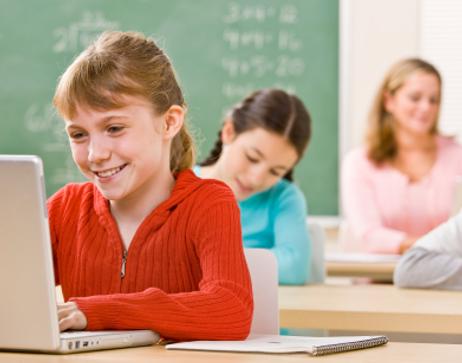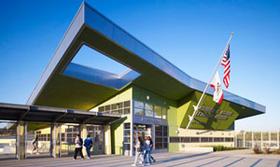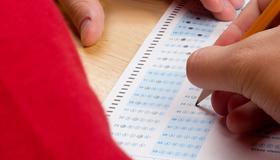In neighborhoods across the country, students spend a significant portion of their waking hours in their public schools. Most of these students worry about how they will do on their next math test or whether their parents will let them go to the upcoming school dances. Few fret about whether they will get physically harmed by simply walking through their school hallways. However, in one of the most dangerous schools in Philadelphia, physical safety is a top concern for the students who attend that institution daily.
Introducing Strawberry Mansion
Strawberry Mansion, a public high school in North Philadelphia, consistently makes the list of the most dangerous schools in Pennsylvania. According to Philly.com, the school has reported 10 violent incidents for every 100 students every year for the past five years. In this school year alone, 49 reports of everything from fires to teacher attacks have been documented inside or outside the school building.
Strawberry Mansion has a student population of 435 students at the beginning of this past school year, located in one of the poorest neighborhoods in Philadelphia. The community also has a high crime rate, an influx of illegal guns, and frequent property damage. Amid this environment, high school students head to school each morning, unsure of what the day will hold for them.
This video from Nightline reports on Strawberry Mansion high school.
A High School






















